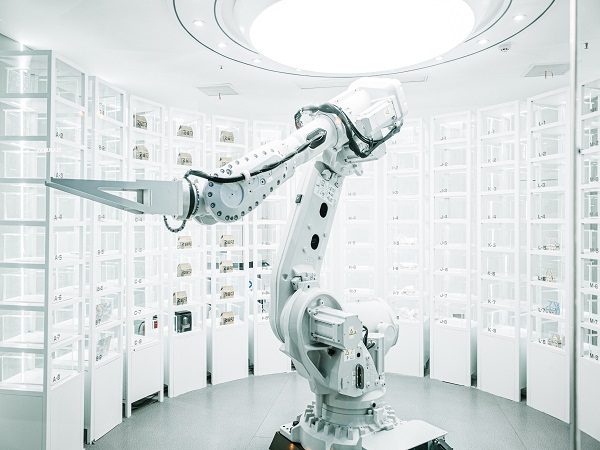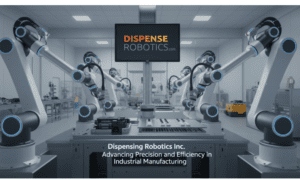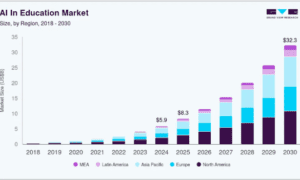Introduction:
In recent years, the accounting landscape has undergone a seismic shift with the advent of Robotic Process Automation (RPA). This technological phenomenon has emerged as a game-changer, reshaping the traditional paradigms of accounting practices. The Rise of Robotic Process Automation in Accounting Practices is not merely a trend but a transformative force that is redefining how financial processes are managed, enhancing efficiency, accuracy, and overall productivity.
Understanding Robotic Process Automation:
Robotic Process Automation involves the use of software robots or ‘bots’ to automate repetitive, rule-based tasks that were traditionally performed by humans. These bots mimic human actions, interacting with digital systems to execute complex workflows seamlessly. In the realm of accounting, this means automating routine tasks such as data entry, invoice processing, reconciliation, and even complex financial analysis.
The Efficiency Paradigm:
One of the key drivers behind the adoption of RPA in accounting practices is its unparalleled efficiency. Bots can tirelessly perform tasks 24/7 without the need for breaks, ensuring round-the-clock productivity. Mundane and time-consuming tasks that once occupied significant chunks of accountants’ time are now executed swiftly and accurately by these digital assistants. This not only reduces the risk of errors but also allows human accountants to focus on more strategic, value-added activities.
Cost Reduction and Resource Optimization:
In a business environment where cost-effectiveness is paramount, RPA offers a compelling solution. By automating repetitive tasks, organizations can significantly reduce operational costs associated with manual labor. The cost savings extend beyond salaries to include reduced errors and the mitigation of financial risks. This cost-effectiveness enables companies to allocate resources more strategically, investing in areas that drive growth and innovation.
Improved Accuracy and Compliance:
Accuracy is paramount in accounting, and RPA delivers on this front with unparalleled precision. By minimizing the likelihood of human errors, RPA enhances the accuracy of financial data, reducing the risk of discrepancies in financial statements. Moreover, in an era where regulatory compliance is increasingly complex, RPA ensures adherence to stringent regulations by consistently applying predefined rules across all transactions.
Seamless Integration with Existing Systems:
One of the significant advantages of RPA is its compatibility with existing accounting systems. Whether a company is using legacy software or has already transitioned to cloud-based platforms, RPA can seamlessly integrate with various systems. This compatibility minimizes the disruption often associated with the implementation of new technologies, allowing for a smoother transition and quicker realization of benefits.
Enhancing Decision-Making with Data Insights:
The Rise of Robotic Process Automation in Accounting Practices goes beyond mere task automation. RPA generates valuable insights by analyzing vast amounts of financial data with unprecedented speed. This data-driven approach empowers accountants and financial professionals to make more informed decisions, identify trends, and anticipate potential challenges. In essence, RPA transforms accounting from a reactive to a proactive discipline.
Adapting to Technological Advancements:
As technology continues to evolve, so does RPA. Machine learning and artificial intelligence components are increasingly integrated into RPA systems, enabling them to adapt and learn from experience. This evolution means that RPA not only automates repetitive tasks but also evolves to handle more complex, nuanced processes. This adaptability is crucial in a dynamic business environment where agility and responsiveness are key.
Overcoming Implementation Challenges:
While the benefits of RPA in accounting practices are undeniable, organizations must navigate implementation challenges. Resistance to change, concerns about job displacement, and the initial costs associated with RPA adoption are common hurdles. Successful integration requires a strategic approach, involving thorough planning, employee training, and transparent communication about the long-term benefits.
Future Outlook:
The Rise of Robotic Process Automation in Accounting Practices is an ongoing evolution rather than a static trend. As technology advances and businesses recognize the transformative potential of RPA, its adoption is expected to become more widespread. The future promises a harmonious collaboration between human expertise and robotic efficiency, creating a synergistic approach that optimizes the capabilities of both.
Conclusion:
The Rise of Robotic Process Automation in Accounting Practices represents a watershed moment in the financial landscape. The efficiency gains, cost reductions, improved accuracy, and enhanced decision-making capabilities make RPA a formidable ally for accounting professionals. As organizations continue to embrace this technological revolution, the synergy between human intellect and robotic efficiency will define the future of accounting practices. The journey has just begun, and the destination holds the promise of a more agile, accurate, and innovative financial ecosystem.



































